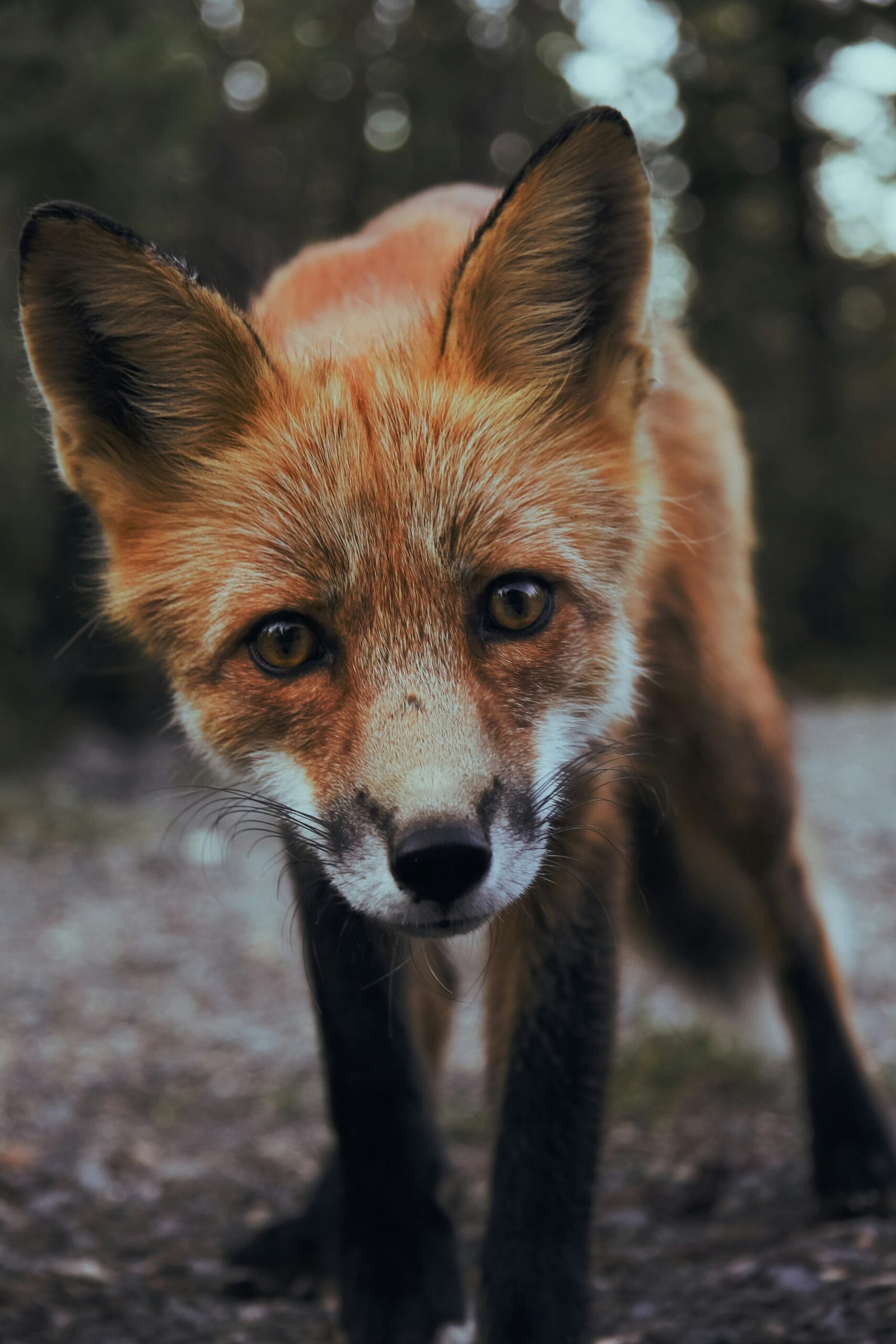
Introduction to Wildebeests
Wildebeests, also known as gnus, are large antelopes native to Africa and are well-known for their dramatic migratory patterns. Understanding these fascinating creatures is crucial for wildlife enthusiasts and conservationists alike. This tutorial will provide a structured overview of their habitat, behavior, and conservation efforts.
Step 1: Learning About Their Habitat
Wildebeests primarily inhabit the savannahs and grasslands of East and Southern Africa. These regions offer ample grazing opportunities, which sustain their large herds. Familiarizing yourself with their natural habitat will enhance your understanding of their behaviors and the challenges they face.
Step 2: Observing Their Behavior
Wildebeests are known for their unique social structure, usually forming herds that can contain thousands of individuals. This social aspect plays a critical role in their survival, as the group provides protection against predators. Observing these behaviors in their natural environments can enrich your knowledge and appreciation for their species.
Step 3: Exploring Conservation Efforts
As habitats are threatened by human activities, understanding conservation efforts is vital. Various organizations are working to protect wildebeest populations through habitat restoration and anti-poaching initiatives. Engaging with these organizations can provide deeper insights into what is being done to ensure the survival of this magnificent species.
Conclusion
By following this tutorial, you should now have a clearer understanding of wildebeests, their habitat, social behavior, and conservation. Engaging in discussions and further research will allow for a more profound appreciation of these extraordinary animals and their importance in the ecosystem.